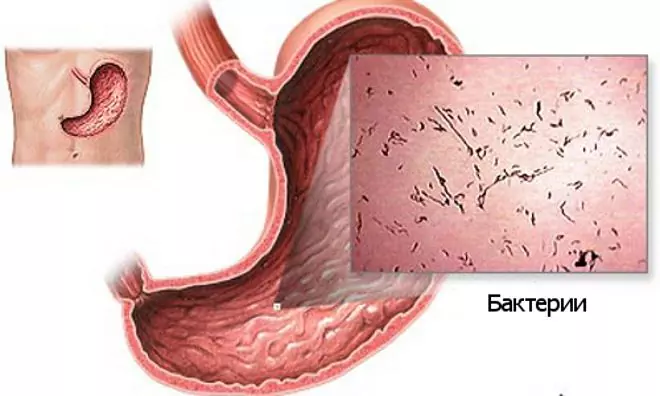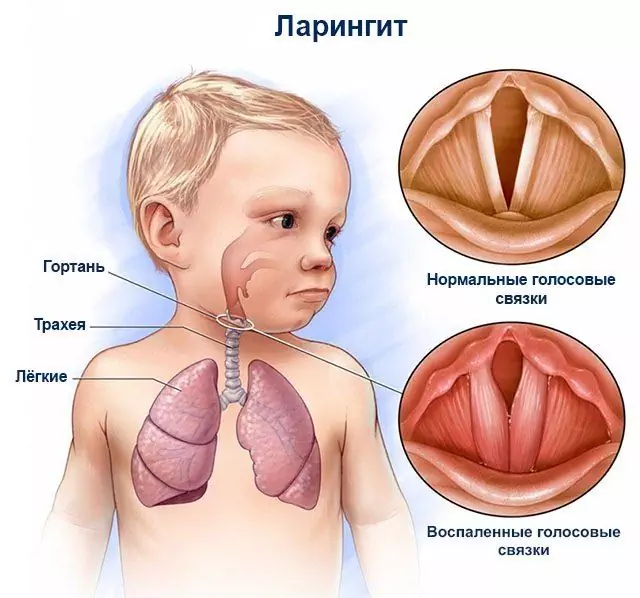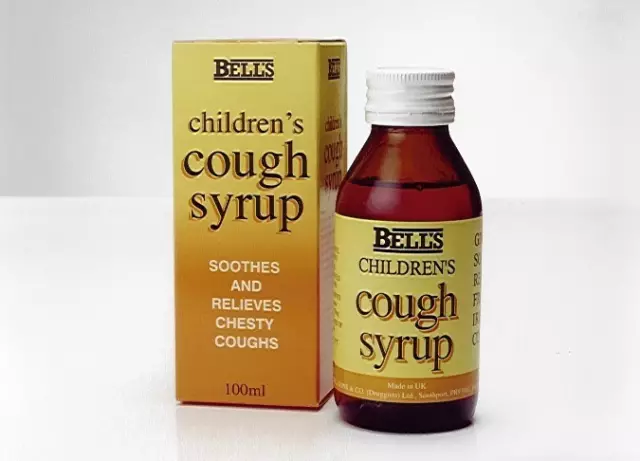- Author Rachel Wainwright [email protected].
- Public 2023-12-15 07:39.
- Last modified 2025-11-02 20:14.
Carditis
Carditis is an inflammation of the membranes of the heart of various localization and etiology. The disease can affect the epicardium, endocardium, myocardium, as well as the so-called pericardial sac - the pericardium. Currently, the general term "carditis" is used, since the disease can simultaneously affect several membranes of the heart.
Carditis: etiology and pathogenesis of the disease
The leading role in the development of carditis belongs to infectious agents (viral carditis provoked by Coxsackie enteroviruses, herpes simplex virus, ECHO, cytomegalovirus, rubella virus, poliomyelitis, adenoviruses). Also, the causes of carditis are bacterial, parasitic, fungal infections, allergic reactions. Allocate carditis of an idiopathic nature with unidentified causes of the development of the inflammatory process.
The pathogenesis of carditis is considered in this way: the pathogen enters directly into the tissues of the heart (endocardium, myocardium, epicardium and pericardial sac - pericardium), penetrating into myocytes (a special type of cells that make up the basis of muscle tissue), where it replicates, namely, the reproduction of pathogens predominantly due to the protein structures of the cell, which significantly disrupts the functioning of host cells. In response to an infection, the production of interferon in the body increases, which prevents further damage to the heart tissue. A protracted reaction of the body to the introduction of the pathogen into the heart tissue is extremely rare. In such cases, we are talking about latent, persistent invasion. As a rule, the pathogen is blocked and eliminated soon. During the rehabilitation period, an active synthesis of collagen is observed in the affected tissues, which, by thickening and turning into fibrous tissue, replaces the foci of necrosis.
Non-rheumatic carditis: classification, differentiation
Non-rheumatic carditis is inflammation of the lining of the heart caused by various factors, with the exception of rheumatism and other systemic diseases.
Rheumatism is a systemic inflammatory process with the main focus of localization in the membranes of the heart. Rheumatic heart disease is the main manifestation of the rheumatic process in the body.
Non-rheumatic carditis is diagnosed in patients of all age groups and gender. However, more often carditis is diagnosed at an early age. Boys are at greater risk of developing carditis.
In modern medical practice, a classification of non-rheumatic carditis is provided by the period of occurrence, type of pathogen, severity, nature of the course, and outcome.
By the period of occurrence, congenital and acquired carditis are distinguished. Congenital carditis is the result of a viral or bacterial infection transferred by the mother. Early congenital carditis is the result of a previous illness at 4-7 weeks of pregnancy. Late congenital carditis develops as a result of infections in the third trimester of pregnancy. Acquired carditis in a child is extremely rare and is the result of an acute infection (sepsis, flu, pneumonia).
By the type of flow, carditis is distinguished:
- Acute - the duration of the inflammatory process is up to 3 months;
- Subacute - the duration of carditis up to 18 months;
- Chronic - lasting more than 18 months.
When diagnosing carditis in children, it is necessary to differentiate with mitral stenosis, congenital heart disease, neoplastic processes in the heart, rheumatism, arrhythmias of extracardiac origin.
Carditis in children: risks and complications
The outcome of carditis in children depends on many factors, among which are hereditary predisposition, the general condition of the body, the child's age at the onset of the disease, the state of immunity, the timeliness and effectiveness of the selected therapy.
Possible outcomes of carditis are:
- Complete recovery, which can be judged after 12-18 months from the onset of the disease. In chronic and subacute carditis, complete recovery, as a rule, does not occur;
- Arrhythmia is a complication of carditis in children, characterized by persistent disturbance of heart rhythms. Often, this complication is the cause of death of children with chronic forms of carditis;
- Cardiosclerosis and myocardial hypertrophy - with such complications, carditis in children is characterized by a more severe course, often fatal;
- Pulmonary hypertension is a persistent change in the vessels of the pulmonary artery basin, which worsens the prognosis of the disease.
Carditis: symptoms of various types
With carditis, the symptoms will depend on the etiology of the disease, the time of its onset and the form.
With acquired acute and subacute carditis, symptoms may initially have an extracardiac nature (not due to impaired heart function), which include:
- Decreased appetite
- Lethargy, fatigue, irritability;
- Nausea, vomiting.
The symptomatic complex of carditis can be supplemented with signs of the infection that caused the disease: skin redness and rashes, orchitis, myalgia. In the course of the development of carditis pathology, the symptoms are supplemented by signs of heart failure (shortness of breath, tachycardia, arrhythmia). Children at an early age have anxiety, cough. Pain in the region of the heart, which the child cannot yet report, is determined by the child's reaction to the movements of his body (the child reflexively avoids sudden movements, cries when moving), as well as shallow breathing (the movement of the chest when inhaling causes painful sensations, which provokes child significantly limit the depth of inhalation). With chronic carditis, symptoms may not appear for a long time. The clinical picture is complemented by a suffocating cough, aggravated in the supine position, purple cyanosis of the cheeks, lips,palms, nails.
Carditis: treatment of the disease
With cardi, treatment requires an integrated approach. His tactics will depend on the reasons for the development of carditis, the duration of the disease, the nature of the course of carditis. In acute carditis, treatment must be carried out in a hospital setting. In remissions of carditis, treatment is carried out on an outpatient basis. The main medications used in the treatment of carditis are cardiac glycosides, diuretics, hormonal drugs. In the acute course of carditis, patients are shown strict bed rest, limitation of fluid intake (its amount should be less than urine output), a full diet with limited salt and an increase in the proportion of products containing potassium (potatoes, raisins, dried apricots).
Physical therapy is often used, during periods of remission, on the contrary, physical activity is contraindicated (it is recommended to be exempted from physical education at school, an additional day off).
After suffering carditis, prophylactic vaccinations are contraindicated in the first 3 to 5 years. With timely diagnosis and correct treatment tactics for carditis, the prognosis is favorable.
YouTube video related to the article:
The information is generalized and provided for informational purposes only. At the first sign of illness, see your doctor. Self-medication is hazardous to health!






